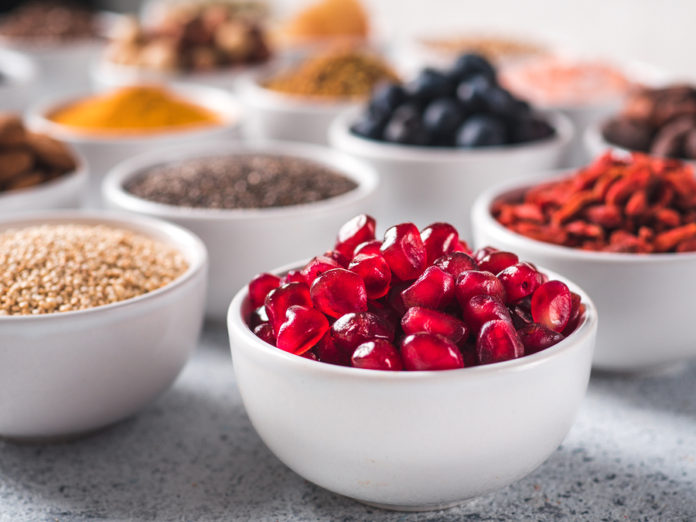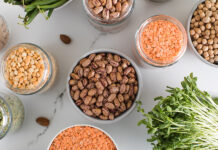
The word superfood may feel like a relatively recent addition to the common lexicon. But the idea of a magical food that has extremely high nutritional content and/or health benefits has been around for roughly a century.
The first superfood is something we consider ordinary today: the banana.
According to the Harvard School of Public Health blog The Nutrition Source, the United Food Company first launched the idea of the banana as a superfood as part of an “enthusiastic” marketing strategy to promote an import of bananas. Their campaign included publishing pamphlets about the convenience and health benefits of bananas, an idea that was supported by an American Medical Association announcement that the exotic-at-the-time fruit could cure celiac disease.
By all accounts, the marketing campaign worked — even 100 years later, Americans eat 28.5 pounds of bananas per capita every year.
The history is interesting, but, of course, the big question is “what’s next?”
A recent report by Kerry found that when it comes to functional foods, consumers prioritize weight, mood, energy, and sleep. Here’s some recent research that provides insights into what might be the next big thing:
- The NPD Group identified six emerging superfoods that consumers are most interested in trying:
- Elderberry — for its antioxidant properties and its reputed ability to boost the immune system and fight colds and flus
- CBD — for its potential in helping treat pain, insomnia, and anxiety
- Mānuka honey — for its perceived benefits of healing wounds, soothing sore throats, and improving digestion
- Reishi mushrooms — for its perceived ability to boost the immune system (check out this USA Today article on mushroom coffee)
- Ashwagandha herb — for many reasons, including that it may help manage stress
- Microgreens — for their nutritional value
- Technavio predicts that the global superfoods market will grow at a CAGR of almost 16% between 2018 and 2022, with superfruits leading the way.
- Kerry surveyed consumers about the ingredients they believe offer the most functional benefits. The top 3 were omega-3 fatty acids/DHA, green tea, and honey.
- Mintel believes that purple foods — like purple sweet potato, purple carrot, and purple cauliflower — are on the rise because they’re both rich in antioxidants and attractive enough to promote sharing on social media.
Alongside these emerging superfoods are ones that have been trending for a few years now. A survey of more than 1,300 registered dietitians by Pollock Communications and Today’s Dietitian found that fermented foods, avocados, and seeds are still the top superfoods for 2019.
Whatever the actual health or nutrition benefits, superfoods have helped some companies achieve supersales. The results of multiple studies have shown that consumers, especially younger ones — are willing to pay more for foods they believe are healthier, and the idea of food as medicine has been steadily gaining popularity.
To capitalize on these trends, companies need what The Nutrition Source calls “the essentials”:
- Scientific research on a particular food
- Catchy headlines from the fast-paced popular press
- Infomercials and marketing campaigns of involved food industries







